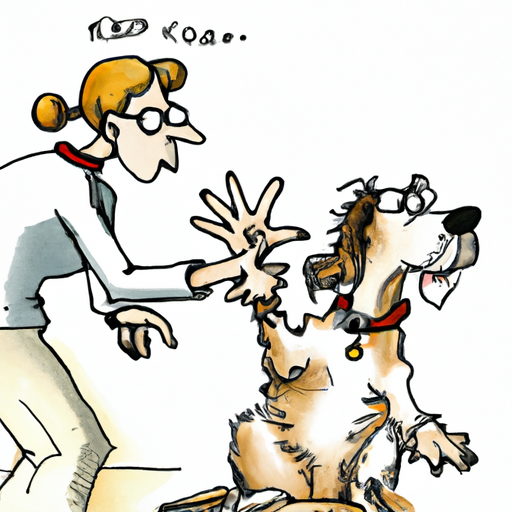Introduction
Welcome to our deep dive into understanding the beloved four-legged family member in your life. If you’ve ever wondered, “Why does my dog retract its paw every time I reach to touch it?”, you’re not alone. Let’s journey together into the world of canine behavior to uncover the reasons behind this common yet intriguing trait.
The Science Behind the Paw
Dogs’ paws are more than just adorable, fuzzy appendages. They’re highly sensitive and serve multiple essential functions. Here’s why:
- Packed with Nerve Endings: A dog’s paw pads have a high concentration of nerve endings. This sensitivity helps them navigate different terrains, but it also means they can be extra sensitive to touch, heat, cold, and pressure.
- Defense Mechanism: In the wild, damage to a paw can mean the difference between life and death. Dogs naturally guard their paws to protect themselves from potential hazards.
| Function | Details |
|---|---|
| Navigation | Sensitive nerve endings aid in assessing the environment |
| Protection | Dogs instinctively guard their paws to avoid injury |
The Emotional Aspect
Dogs express their emotions in different ways than humans do. When it comes to touching their paws, it’s a matter of trust and comfort.
- Dogs are not used to having their paws handled.
- It’s a vulnerable area, and they might feel threatened when touched there.
- Some dogs might have had a bad experience, like a painful nail trimming, which could cause them to associate paw touching with discomfort.
Building Trust and Comfort
Just because many dogs initially react negatively to paw touching doesn’t mean it’s a lost cause. Here are some steps you can take:
- Start Slow: Gradually introduce your dog to paw touching. Start by gently touching other parts of their body they’re comfortable with, then slowly move towards the paws.
- Associate with Positive Reinforcement: Pair paw touching with treats, praise, or other positive experiences to build a positive association.
- Stay Calm and Patient: Your dog will pick up on your emotions. If you’re calm and patient, they’ll be more likely to relax and trust you.
Preventing Paw Problems
Regular paw care can help your dog become more comfortable with having their paws touched and can prevent potential health issues.
- Routinely check your dog’s paws for any signs of injury or infection.
- Keep their nails trimmed to a comfortable length.
- Use pet-safe balms or creams to keep their paw pads moisturized and healthy.
FAQ
Q: My dog never lets me touch his paws. What should I do?
A: Be patient and start slow. Over time, try to associate paw touching with positive experiences like treats or praise.
Q: What are signs of paw problems in dogs?
A: Signs could include limping, excessive licking, swelling, or changes in the paw pads’ color or texture.
Q: How often should I check my dog’s paws?
A: It’s good to check your dog’s paws every time they return from outside, as well as during regular grooming sessions.



